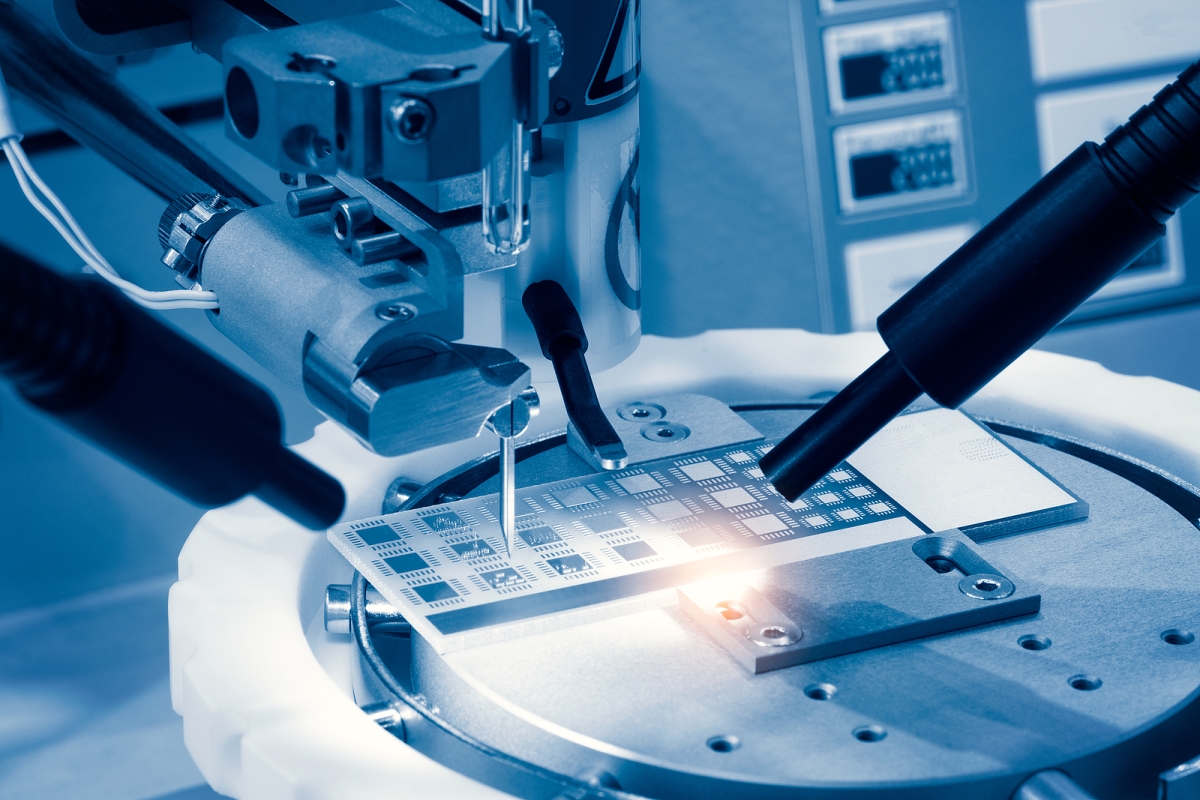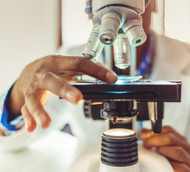The most reliable wire bonding methods in microelectronics
Posted by Ezer Coca on 4th Apr 2022

From the perspective of a chemist or physicist, bonds are immensely important - they keep all of a compound's vital elements together so that said compounds can retain their form, and comprise some of the world's most important substances. The value of bonding is just as great in forging essential connections between the components, devices and machines of countless commercial, industrial and military systems all over the world. In some ways, the role of wire bonding in microelectronics stands out as one of its most important processes.
Determining the proper process for bonding a given pair of metal parts - in order to complete the connections essential for a circuit board, package or other component - will, of course, be integral to the finished product's likelihood of success or failure, as well as its operational performance over time. Picking the best material for particular bond types is also immensely important, so be sure to carefully review all of these factors.
Reviewing the common metals for bonding
Metals and alloys obviously aren't the only materials found in any given electronic device - particularly given the proliferation of so many new plastics in printed circuit board production and fabrication of similar components - but only certain metals have the strength to keep microelectronic work pieces together in a high-functioning connection.
For many years, lead solder wire was one of the most common bonding materials, and while it still finds application in certain industrial and electronics-sector contexts, concerns regarding its connection to various health risks have led to its gradual phase-out. Tin (and tin-based alloys) now often serve the broadly utilitarian solder-wire functions that lead often used to cover. Copper, aluminum, silver and gold - and their many alloyed variants - also play major parts in the creation of many vital microelectronic interconnects.

Soldering vs. brazing vs. welding
There are three primary methods by which multiple metal components can be fused together for use as part of a greater whole, all of which require pressure from the forces of immense heat to complete their bonds:
- Soldering: A filler metal is heated at temperatures below 450 degrees Celsius (852 degrees Fahrenheit) between two base metals, according to EWI. This creates a bond with enough strength to keep the base pieces together, without requiring levels of heat that could damage the components being joined. It logically follows that soldering is commonly applied in microelectronic interconnect technology - but it isn't the only bonding method for such components.
- Brazing: In brazing, the filler must be able to withstand at least 450 Celsius without melting. The two pieces being joined, meanwhile, must of course have far greater melting points, or else risk being irreparably damaged by the heat that the brazing process produces. It's often employed in the fabrication of auto parts, jet engines and HVAC components, but can sometimes be applied in certain aspects of electronics and electronic component manufacturing.
- Welding: The Physics Factbook points out that welding is the most efficient method for permanently bonding two metals. However, the astronomically high temperatures used in arc welding - electric arcs can go as far up as 20,000 Celsius - make it impractical for microelectronics. (A finished electronic package will certainly need to withstand extreme temperatures in some of its operating environments, but nothing nearly that high.)
The perfect bonding combination
Choosing the right metal - and the most reliable method - for a microelectronic bond also depends on the specific type of bond you hope to achieve.
Aluminum wire, for example, is ideal for ultrasonic bonding due to its specific conductivity attributes. Meanwhile, its high melting point (about 660 Celsius) means it can be soldered or brazed, making it one of the most flexible bonding materials overall. Meanwhile, for a bond that involves small-diameter wire or work pieces in semiconductor manufacturing, copper or gold will both be perfectly useful, but you have to make a choice: Gold has incredible heat resistance, conductivity and anti-corrosive properties, but it's hardly cheap, whereas copper costs less and has similar characteristics but is notably vulnerable to annealing and oxidation, especially when brazed.
No matter what metals and methods you desire for the fabrication of your AMETEK ECP component order, the experienced metallurgists at our Coining facility can meet your needs. With more than 200 existing alloys to choose from (plus custom options), and Coining's experts ready to solder or braze based on your unique specifications, we're always able to innovate based on the desired function of the finished products you aim to create.


